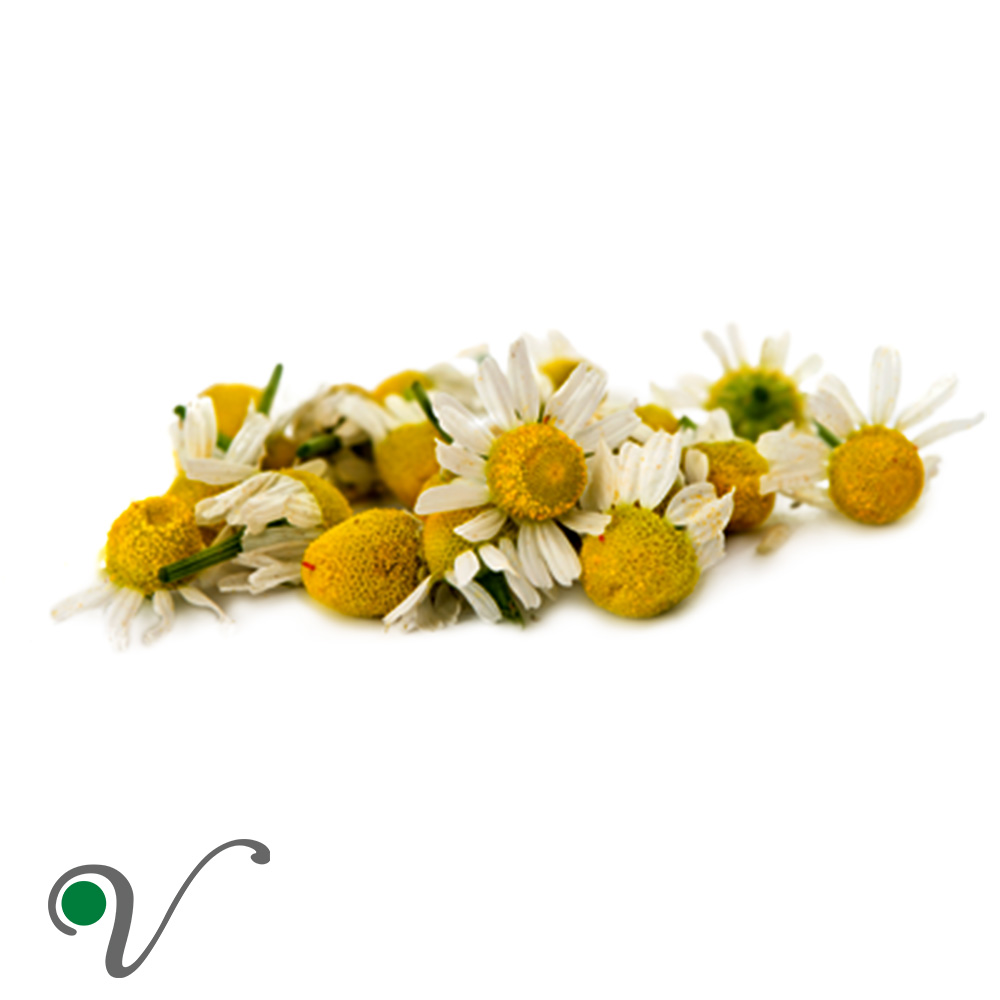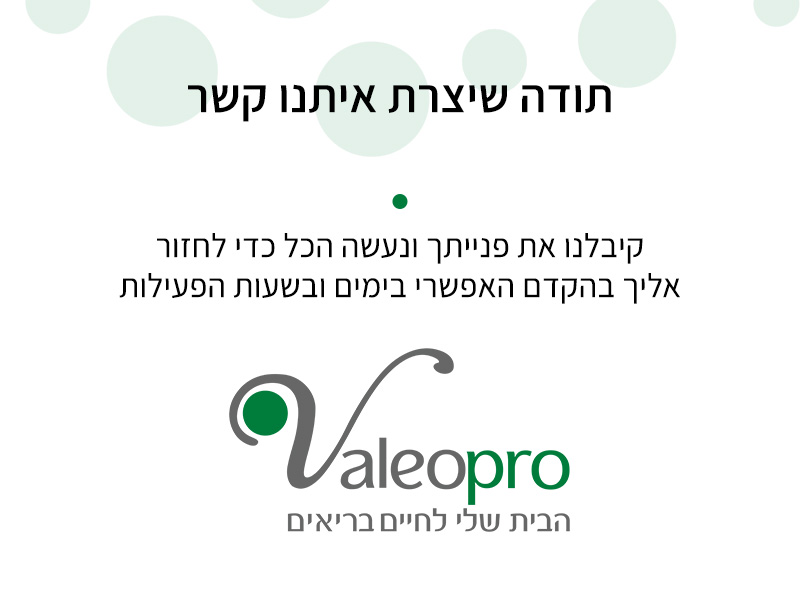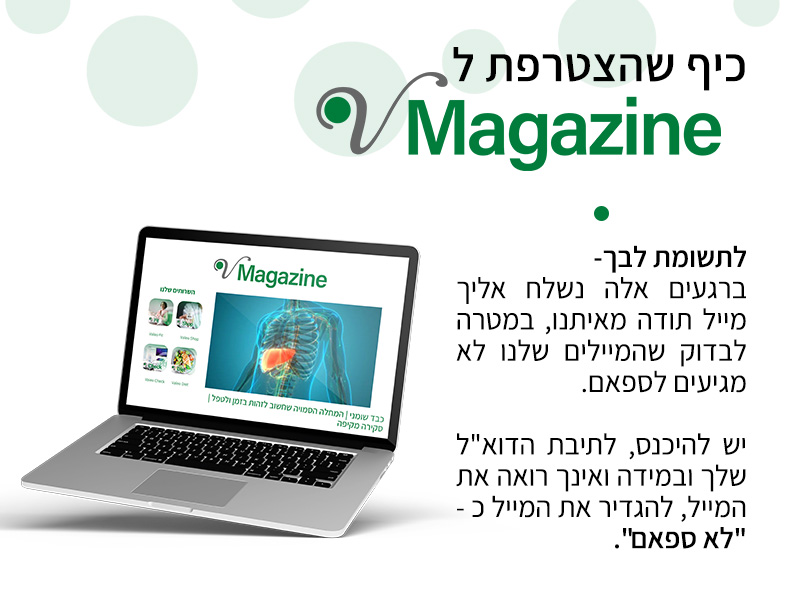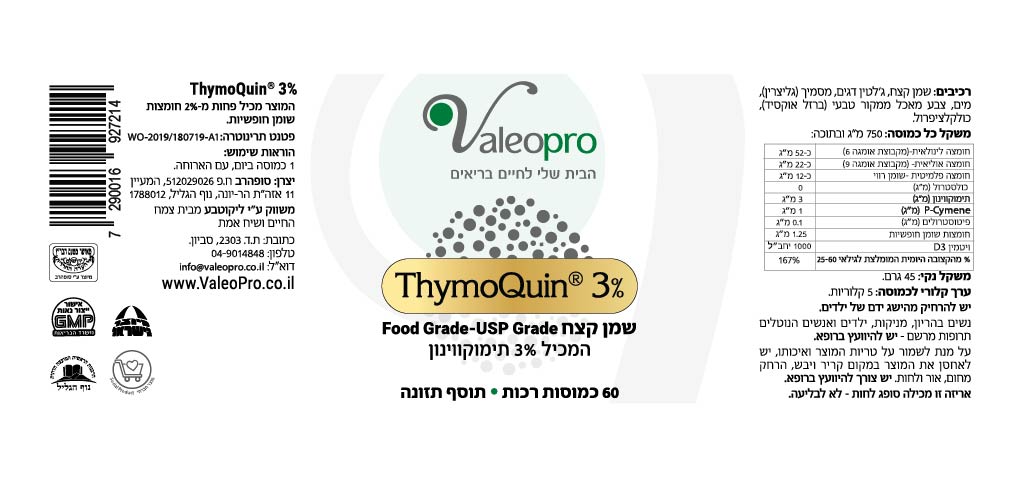משלוח מהיר חינם | שיחת ייעוץ נטורופתי ללא עלות
לקמומיל הרומי (C. nobile L.) יש היסטוריה של שימוש ברפואה מסורתית מאז ימי הביניים. הגידול האירופי של הצמח החל באנגליה במאה ה-16 הצמח היה רשום ראשון בפרמקופאה של וירטנברג כאמצעי קרמינטיבי, משכך כאבים, משתן ועיכול. יואכים קמרריוס היה הראשון שגילה ושמו את chamaemelum nobile בשנת 1598 ברומא. במצרים שימש chamaemelum nobile כסמל להקדשה לאלים שלהם.
הצמח השיג את השם "אצילי" (לטינית "אצילי" NEU) בגלל תכונותיו הטיפוליות המשוערות, אשר האמינו כי טובות יותר מאלה של הקמומיל הגרמני (Matricaria chamomilla L.).\\
תמציות או פרחים מיובשים של Chamaemelum nobile משמשים גם כיום במוצרי טיפוח לשיער וטיפוח העור. וגם במזון ובשמנים אתרים, מיוחסים להם יכולות הרגעה.
הרכב החומרים הפעילים בפרחי הקמומיל הרומי כולל פלבונואידים, מונוטרפנים, ססקוויטרפנים (chamazulene), פנולים פשוטים, שמן נדיף (0.6-1.75%), סטרולים. ומחקרים מצאו כי שימוש בתמציות טבעיות של פרחי קמומיל יכולים לסייע לטיפול בפציעות ( בשימוש חיצוני), להקלה על גרד וגירוי של העור (בשימוש חיצוני), מרגיע, נוגד דלקת, נוגד עווית, מייזע, ממריץ מרה, נוגד קרישה, מטפל בגזים ועוד.
Blumenthal M, Busse WR, Goldberg A, et al. (eds). The Complete German Commission E Monographs: Therapeutic Guide to Herbal Medicines. Austin: American Botanical Council and Boston: Integrative Medicine Communications, 1998. http://annals.org/aim/article-abstract/712613.
Rowe AH. Camomile (Anthemis cotula) as a skin irritant. J. Allergy, 5:383-8, 1934. https://www.jacionline.org/article/S0021-8707(34)90162-3/fulltext.
McGeorge BC, Steele MC. Allergic contact dermatitis of the nipple from Roman chamomile ointment. Cont. Derm., 24:139-140, 1991. https://www.ncbi.nlm.nih.gov/pubmed/2040155
Pereira F, Santos R, Pereira A. Contact dermatitis from chamomile tea. Cont Derm, 36:307, 1997. https://www.ncbi.nlm.nih.gov/pubmed/9237012
Hieu TH, Dibas M, Surya Dila KA, et al. Therapeutic efficacy and safety of chamomile for state anxiety, generalized anxiety disorder, insomnia, and sleep quality: A systematic review and meta-analysis of randomized trials and quasi-randomized trials. Phytother Res. 2019 Jun;33(6):1604-1615. https://www.ncbi.nlm.nih.gov/pubmed/31006899
Habersang S, Leuschner F, Isaac O, Thiemer K. [Pharmacological studies with compounds of chamomile. IV. Studies on toxicity of (-)-alpha-bisabolol (author's transl)]. Planta Med 1979;37(2):115-123. https://www.ncbi.nlm.nih.gov/pubmed/117474
Konig GM, Wright AD, Keller WJ, et al. Hypoglycaemic activity of an HMG-containing flavonoid glucoside, chamaemeloside, from Chamaemelum nobile. Planta Med 1998;64(7):612-614. https://www.ncbi.nlm.nih.gov/pubmed/9810266
Ikram, M. Medicinal plants as hypocholesterolemic agents. J Pak.Med Assoc 1980;30(12):278-281. https://europepmc.org/abstract/med/6782266
Levy I, Attias S, Ben‐Arye E, Goldstein L, Schiff E. Adverse events associated with interactions with dietary and herbal supplements among inpatients. Br J Clin Pharmacol 2017; 83: 836–845. https://www.ncbi.nlm.nih.gov/pubmed/27759172
Goldstein LH, Elias M, Ron‐Avraham G, Biniaurishvili BZ, Mad‐jar M, Kamargash I, et al. Consumption of herbal remedies and dietary supplements amongst patients hospitalized in medical wards. Br J Clin Pharmacol 2007; 64: 373–380. https://www.ncbi.nlm.nih.gov/pubmed/17425631
Brinker F. Herb Contraindications and Drug Interactions, 4th ed. Sandy (OR): Eclectic Medical Publications; 2010. https://www.eclecticherb.com/herb-contraindications-drug-interactions
Farnsworth NR, Bingel AS, Cordell GA, et al. Potential value of plants as sources of new antifertility agents I. J. Pharm. Sci., 64:535-598, 1975. https://www.ncbi.nlm.nih.gov/pubmed/167146
McGuffin M, Hobbs C, Upton R, Goldberg A (ed.). Botanical Safety Handbook. CRC Press, Boca Raton, 1997. https://www.crcpress.com/American-Herbal-Products-Associations-Botanical-Safety-Handbook/Gardner-McGuffin/p/book/9781466516946.
Moerman DE. Native American Ethnobotany, Timber Press, Portland, Ore., 1999. https://onlinelibrary.wiley.com/doi/abs/10.1002/jps.2600640404
Cuzzolin L, Francini-Pesenti F, Verlato G, et al. Use of herbal products among 392 Italian pregnant women: focus on pregnancy outcome. Pharmacoepidemiol. Drug Safety, 19:1151-1158, 2010. https://www.ncbi.nlm.nih.gov/pubmed/20872924
Colombo D, Lunardon L, Bellia G. Cyclosporine and herbal supplement interactions. J Toxicol. 2014;2014:145325. Epub 2014 Jan 12. https://pubmed.ncbi.nlm.nih.gov/24527031/
European Medicines Agency. Assessment report on Matricaria recutita L., flos and Matricaria recutita L., aetheroleum, Final. https://www.ema.europa.eu/en/documents/herbal-report/final-assessment-report-matricaria-recutita-l-flos-matricaria-recutita-l-aetheroleum-first-version_en.pdf
Nowack R, Nowak B. Herbal teas interfere with cyclosporin levels in renal transplant patients. Nephrol Dial Transplant. 2005 Nov;20(11):2554-6. https://pubmed.ncbi.nlm.nih.gov/16046518/
Eddouks M, Lemhadri A, Zeggwagh NA, Michel JB. Potent hypoglycaemic activity of the aqueous extract of Chamaemelum nobile in normal and streptozotocin-induced diabetic rats. Diabetes Res Clin Pract. 2005 Mar;67(3):189-95. https://pubmed.ncbi.nlm.nih.gov/15713350/
Hashikawa-Hobara N, Otsuka A, Ishikawa R, Hashikawa N. Roman chamomile inhalation combined with clomipramine treatment improves treatment-resistant depression-like behavior in mice. Biomed Pharmacother. 2019 Oct;118:109263. https://pubmed.ncbi.nlm.nih.gov/31369988/
Zeggwagh NA, Moufid A, Michel JB, Eddouks M. Hypotensive effect of Chamaemelum nobile aqueous extract in spontaneously hypertensive rats. Clin Exp Hypertens. 2009 Jul;31(5):440-50. https://pubmed.ncbi.nlm.nih.gov/19811353/
Zeggwagh NA, Michel JB, Eddouks M. Vascular effects of aqueous extract of Chamaemelum nobile: in vitro pharmacological studies in rats. Clin Exp Hypertens. 2013;35(3):200-6. https://pubmed.ncbi.nlm.nih.gov/22866985/
Melegari M, Albasini A, Pecorari P, et al. Chemical characteristics and pharmacological properties of the essential oils of Anthemis nobilis. Fitoterapia 1988, 59:449-455. https://eurekamag.com/research/007/106/007106160.php
European Medicines Agency. Assessment report on Chamaemelum nobile (L.) All., flos. https://www.ema.europa.eu/en/documents/herbal-report/final-assessment-report-chamaemelum-nobile-l-all-flos_en.pdf
Al-Snafi AE. Medical importance of Anthemis nobile (Chamaemelum nobile)- a review. Asian Journal of Pharmaceutical Science & Technology, 2016, Vol 6, Issue 2, 89-95. https://www.researchgate.net/publication/313742660
Tognolini M, Barocelli E, Ballabeni V, et al. Comparative screening of plant essential oils: phenylpropanoid moiety as basic core for antiplatelet activity. Life Sci, 78(13), 2006, 1419-1432. https://pubmed.ncbi.nlm.nih.gov/16274702/

לקוחות יקרים, טופס זה מיועד לבקשה לביטול הזמנה בלבד.
במקרה של שינוי הזמנה, או כל נושא אחר לשירות לקוחות
יש לפנות בטלפון 04-9014848 שלוחה 2
אין בעיה!
אנחנו מחכים לך .
יש לשלוח את הטופס


